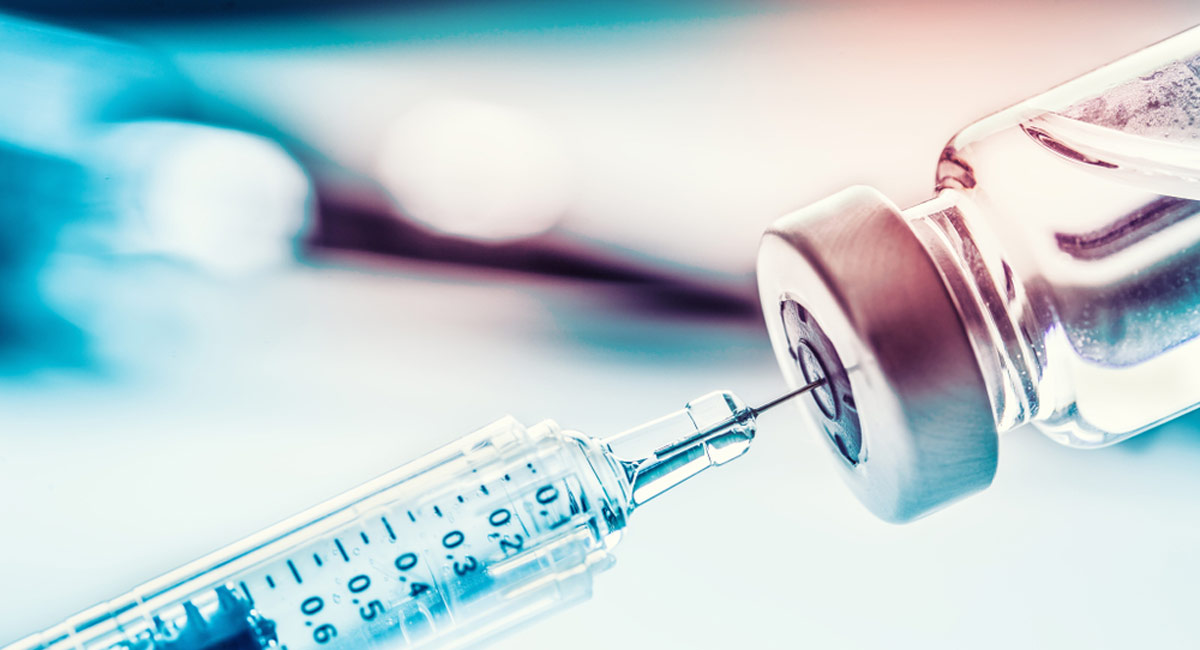Not one single laboratory offering prenatal blood tests is following the recommended guidelines set by medical authorities, a new study has found. Known as non-invasive prenatal testing, or NIPT, these tests are marketed as a way for expectant parents to find out if there are any medical issues with their babies, such as Down syndrome. But while these tests are meant to be used only as a screening tool, they are instead being advertised as diagnostic — and leading parents to make decisions based on potentially inaccurate information. But instead of being told of the likelihood that their child has a medical condition, and being given the percentage the labs estimated, parents are instead merely being told that the tests are positive or negative for the condition.
The study, authored by Dr. Brian Skotko, has been published in the peer-review journal “Genetics in Medicine,” the official journal of the American College of Medical Genetics and Genomics (ACMG). “It’s been more than two years since the ACMG published its recommendations about NIPS, and we could not find a single commercial lab in the U.S. that adhered to all of the recommendations,” Dr. Skotko explained in a press release. “Incomplete or inaccurate reporting can lead to confusion and improper counseling. The ACMG was clear that laboratories should not offer screening when some of their recommendations were not met, so I think our findings will be concerning to clinicians and expectant parents trying to identify quality NIPS reporting in today’s marketplace.”
One important factor is how NIPTs work. From the blood taken from the mother, the labs will examine DNA, looking for fragments of chromosomes. If there are more than typically expected, the lab will make an estimated guess, using a percentage, of whether or not the baby has a condition such as Down syndrome. But this is simply a guess, not a diagnosis. “ACMG was clear from the beginning that this was a screening test, not a diagnostic one,” Dr. Skotko told Reuters.
READ: Parents of autistic children: Prenatal autism test will lead to more abortion
The only truly diagnostic prenatal test is an amniocentesis, and expectant parents should be informed of that after receiving their percentage. “For highly suggestive results, they might elect to pursue more definitive diagnostic testing, such as amniocentesis,” Dr. Skotko said in the press release, adding, “Many couples choose to learn more through reading and meeting other families during the prenatal period so they feel well prepared for the birth.”
But this was another issue with the commercial labs as well: none of them are providing any education to parents either, another recommended guideline from the ACMG. “Laboratories have been very quick to capitalize on the ACMG position that all pregnant women be informed about the availability of NIPS testing, but they have been selective about the other recommendations,” Skotko said. “We hope our findings will soon become outdated as companies begin to adhere to more of the ACMG recommendations.”
While prenatal testing can be immensely helpful even when the parent doesn’t want to have an abortion, this study illustrates a growing problem with NIPTs, which are becoming more and more commonplace around the world, and which lead more and more women to abort their children based on the supposed diagnosis of a disability. But many of these parents have no idea that the information they are being given might have been completely inaccurate.
“Like” Live Action News on Facebook for more pro-life news and commentary!







